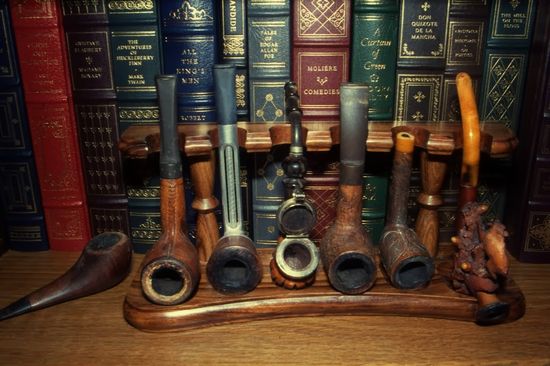Smoking Pipes: An Artful Tradition and Contemporary Pleasure

Smoking pipes have been an enduring symbol of relaxation, contemplation, and refined taste for centuries. These elegant instruments, crafted from a variety of materials, offer a unique and contemplative way to enjoy tobacco blends and herbal mixtures. In this article, we’ll delve into the rich history, diverse types, and the timeless appeal of smoking pipes.
1. A Brief History of Smoking Pipes
Smoking pipes have a storied history that spans various cultures and epochs:
a. Ancient Origins: Pipes were used by indigenous peoples across the world long before Europeans arrived in the Americas. Native Americans smoked tobacco from ceremonial pipes, often elaborately carved and imbued with spiritual significance.
b. The European Renaissance: Smoking became fashionable in Europe during the 16th and 17th centuries. This era saw the development of the classic tobacco pipe, characterized by a curved stem and a bowl, typically made of clay or meerschaum.
c. The Art of Pipe Making: As smoking pipes gained popularity, they became objects of craftsmanship and artistry. Pipe makers began to experiment with various materials, including briarwood, porcelain, and even precious metals, to create unique and visually stunning pieces.
d. Cultural Significance: Smoking pipes have held cultural significance in various regions, from the kiseru pipes of Japan to the calumets of Native American tribes. They’ve often played a role in rituals, ceremonies, and storytelling.
2. Types of Smoking Pipes
Smoking pipes come in a variety of styles and materials, each offering a distinct smoking experience:
a. Briar Pipes: Briarwood, derived from the root of the briar plant, is a popular material for pipes due to its heat-resistant properties and natural beauty. Briar pipes are known for delivering a cool and flavorful smoke.
b. Meerschaum Pipes: Meerschaum, a soft white mineral, is prized for its ability to absorb tobacco flavors and develop a unique patina over time. Meerschaum pipes are highly collectible and sought after by pipe enthusiasts.
c. Clay Pipes: Historically significant, clay pipes were the preferred choice during the early days of tobacco smoking. They offer a pure and unadulterated smoking experience, allowing the smoker to savor the tobacco’s true flavor.
d. Corn Cob Pipes: Affordable and lightweight, corn cob pipes are an American classic. They are often associated with simple pleasures and are favored by those seeking a mellow smoke.
e. Churchwarden Pipes: Characterized by an extra-long stem, churchwarden pipes provide a cooler and smoother smoking experience. They are often associated with Tolkien’s hobbits and the fantasy genre.
3. The Art of Pipe Smoking
Pipe smoking is not just an act; it’s an art and a contemplative ritual for many enthusiasts:
a. Packing and Lighting: Properly packing the bowl and lighting the pipe is a skill that can take time to master. The goal is to ensure an even and consistent burn.
b. Tobacco Selection: The type of tobacco used greatly influences the flavor and aroma of the smoke. Pipe smokers often explore various tobacco blends to find their preferred taste.
c. Maintenance: Regular cleaning and maintenance are essential to keep a pipe in good condition and to prevent ghosting (residual flavors from previous smokes).
4. The Contemporary Appeal
In a world where convenience often reigns, the appeal of smoking pipes endures:
a. Aesthetic Pleasure: Smoking pipes are cherished for their craftsmanship and aesthetic appeal. Collectors often amass a diverse array of pipes, each with its unique character.
b. Meditative Experience: Pipe smoking provides a meditative and contemplative space for smokers to unwind, reflect, and escape the fast pace of modern life.
c. Camaraderie: Pipe smoking can be a social activity, with enthusiasts gathering at pipe clubs, lounges, or online forums to share their passion and knowledge.
Conclusion
Smoking pipes, with their rich history and timeless allure, continue to captivate the hearts of those who appreciate the art of smoking. Whether it’s the elegance of a well-crafted briar pipe or the simplicity of a corn cob pipe, these instruments offer a contemplative and pleasurable way to enjoy tobacco blends and herbal mixtures while connecting with traditions that span the globe and centuries.






